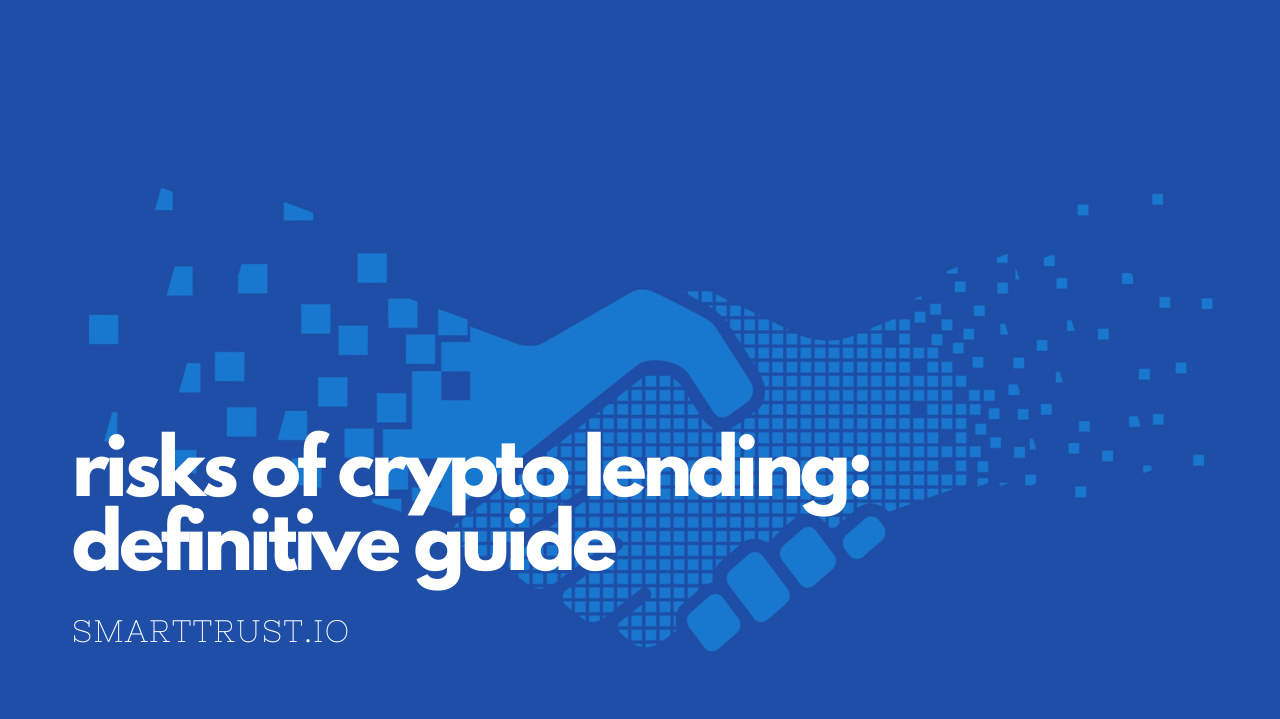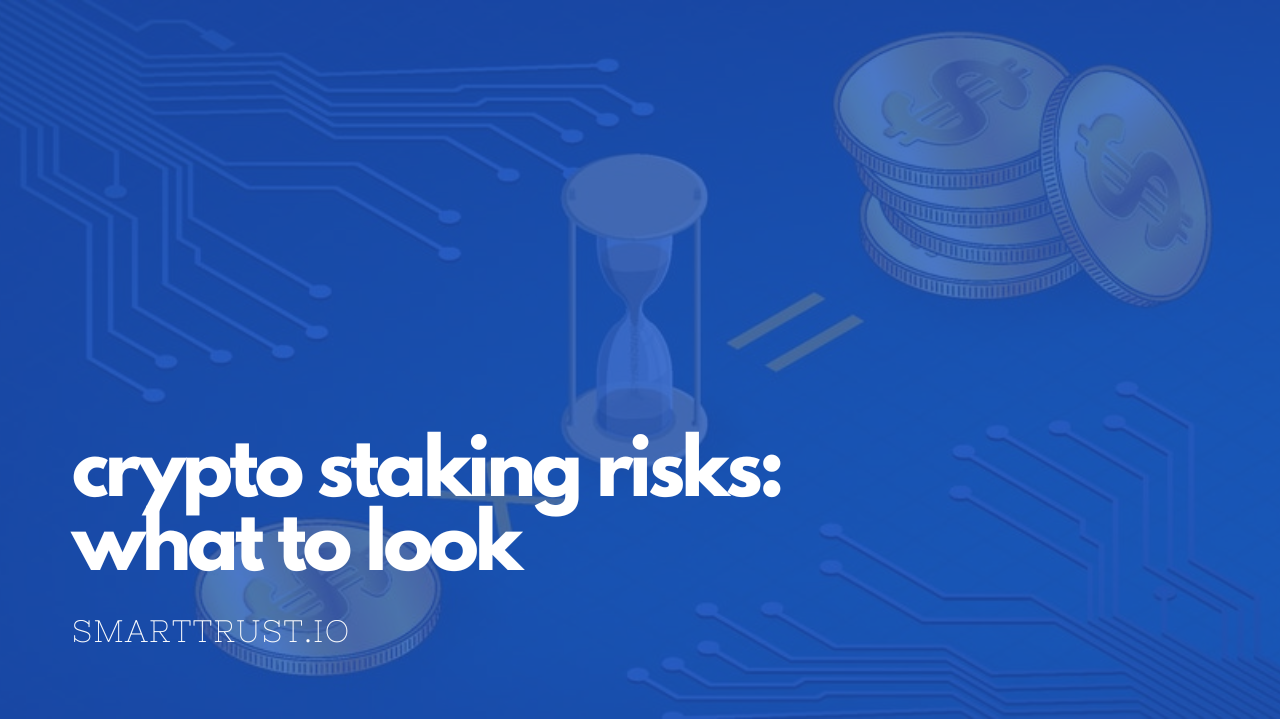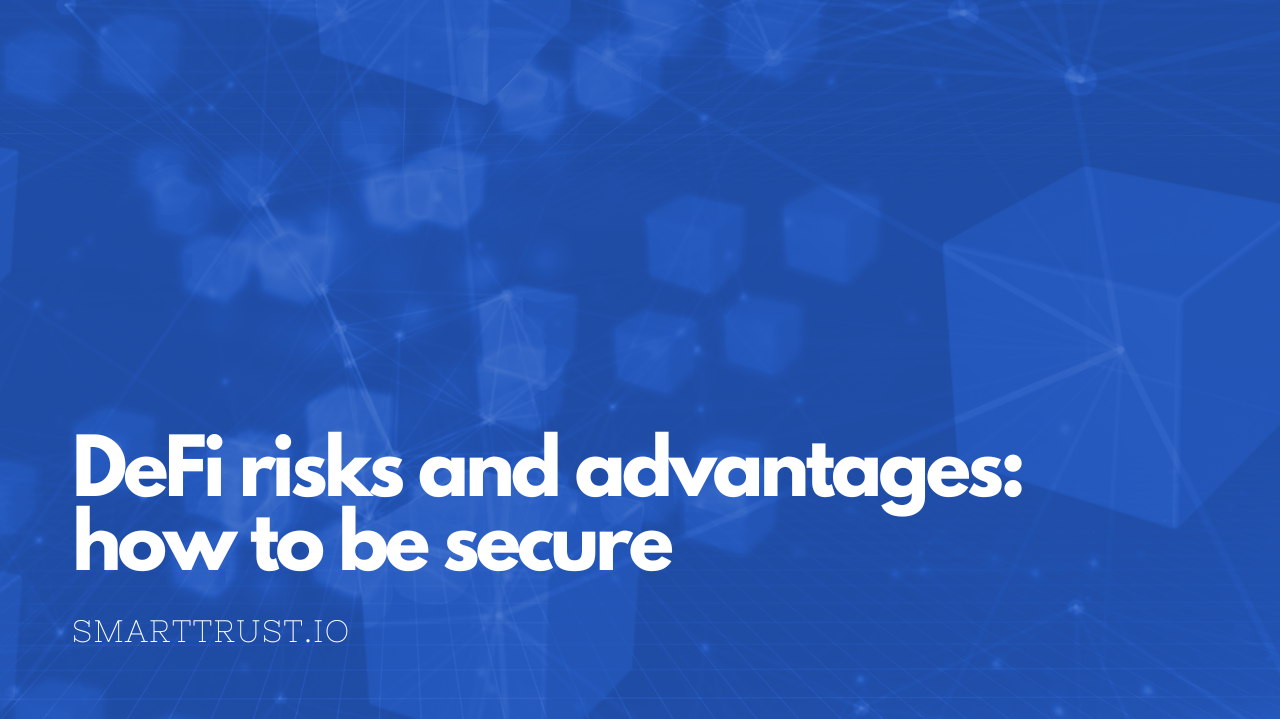Cryptocurrency lending is a relatively new and growing industry, with many platforms offering services to borrowers and lenders. However, as with any type of financial transaction, it’s important to understand the risks associated with cryptocurrency lending before entering into an agreement. Let’s take a closer look at some potential risks of cryptocurrency lending.
What Is Crypto Lending?
Crypto lending is an exciting new economic trend taking the world by storm. It uses digital tokens such as Ethereum, USDT, USDC, or DAI to make loans between two parties without the need for traditional banks or financial intermediaries.
The process is fast and secure, making it attractive for investors who want to maximize their income. Crypto lending offers investors access to liquid capital to borrow and lend when it suits them best.
It also allows borrowers to get loans at lower interest rates than would be available from traditional banking sources. So, crypto lending may be a viable option worth exploring for those looking to diversify their investment portfolios and take advantage of today’s digital assets.
Types of Crypto Lending Platforms
Currently, there are two types of crypto lending platforms. Platforms that facilitate centralized finance (CeFi) like Nexo and decentralized lending platforms (DeFi) like Compound.finance and SmartCredit.io.
Decentralized Lending Platforms
A decentralized lending platform is a financial network that allows users to borrow, lend and transact digital assets without needing a middle-man. This system, which uses blockchain technology and smart contracts, enables peer-to-peer transactions in a safe, efficient, and transparent online environment.
Because no third party is involved, these platforms facilitate instant transactions at low fees. They are also becoming increasingly popular due to their increased autonomy and faster transaction processing times compared to centralized lending platforms and traditional banking systems.
The decentralization of the platform not only gives its users greater control over their financial activities and limits cyber threats such as fraudulent activity or data breaches.
As the demand for secure online services continues to rise, decentralized lending platforms may become the go-to option for individuals looking for efficient alternatives for value exchange.
Centralized Lending Platforms
Traditional lending platforms and centralized lending platforms work very similarly. Most of the time, borrowers must undergo a manual review before submitting a borrowing request, which can take some time.
The control of client assets by centralized lending platforms can pose several serious risks, such as a bank run.
Celsius and Blockfi are examples of this risk.
Understanding Crypto Lending
Different crypto lending platforms offer different solutions to their customers. Collateralized loans, crypto lines of credit, uncollateralized loans, and flash loans are examples of these solutions. Let’s examine each option in more detail.
Collateralized loans
A collateralized crypto loan is a type of loan in which the borrower puts up cryptocurrency assets as collateral, allowing them to access a much larger loan than they would ordinarily receive. In return, the lender takes custody of the assets and releases them when the borrower has paid off the debt.
It’s not only an excellent way for those looking to leverage their crypto holdings but also provides a secure form of lending. Crypto lending services offer competitive interest rates, and borrowers can access their loans in just minutes. This type of loan offers a fast, frictionless experience that can provide investors with much-needed liquidity without requiring them to sell their digital currency holdings while securing the lender.
Crypto line of credit
A crypto line of credit is a new financial product that allows users to access funds against their cryptocurrency assets. It allows borrowers to access liquidity without selling their digital currencies, allowing them to benefit from both borrowing and cryptocurrency ownership simultaneously.
It is generally easier and faster to set up crypto lines of credit than traditional lines of credit. There are fewer upfront costs, and repayment options are often more flexible.
Furthermore, they won’t affect your credit score! Managing finances with crypto lines of credit is becoming a valuable tool for those seeking more security and flexibility.
Uncollateralized loans
The purpose of uncollateralized crypto lending is to help bridge the gap between those with and those without access to the necessary capital by providing a secure environment where lenders and borrowers can exercise their rights.
On some platforms, institutions use these types of loans, but there’s a major risk involved.
Flash loans
The concept of crypto flash loans is relatively new, but it offers many advantages over traditional lending models. This is a type of decentralized finance (DeFi) protocol that allows users to take out cryptocurrency loans that must be repaid instantly.
Users can access short-term liquidity for margin trading, arbitrage, hedging strategies, and more. Often, these short-term loans are risk-free since they must be repaid within such a short period.
An innovative concept, crypto flash loans provide users with fast liquidity solutions to capitalize on market opportunities.
Risks of Crypto Lending: Is Crypto Lending Safe?
It’s important to understand the risks associated with cryptocurrency lending before entering into an agreement.
Lack of Regulation
The cryptocurrency industry is largely unregulated, meaning that there are no government-imposed rules or regulations in place to protect consumers from fraudulent activities. This makes it difficult for lenders and borrowers to know if their money is being handled in a safe and secure manner. Additionally, most platforms do not offer any sort of consumer protection measures such as insurance or guaranteed returns on investments.
High-Interest Rates and Collateral Ratio
Cryptocurrency platforms often charge high-interest rates, which can be difficult for borrowers to manage if they cannot pay off their loan within the agreed-upon time frame. Additionally, many lenders will require collateral to approve a loan, making it even more difficult for borrowers who may not have assets available for collateralization.
Market Volatility
The cryptocurrency market is known for its volatility which can cause fluctuations in the value of cryptocurrencies held as collateral by both borrowers and lenders. This means that if the market crashes, lenders could lose out on their investments, while borrowers may owe more than what they originally borrowed due to decreased values.
Conclusion
Cryptocurrency lending can be a great way for lenders and borrowers alike to access capital quickly and efficiently without dealing with traditional banking institutions. However, it’s important to understand the risks associated with this type of investment before entering into an agreement. Understanding the lack of regulation, high-interest rates, and market volatility can help you make an informed decision when considering whether or not cryptocurrency lending is right for you.



